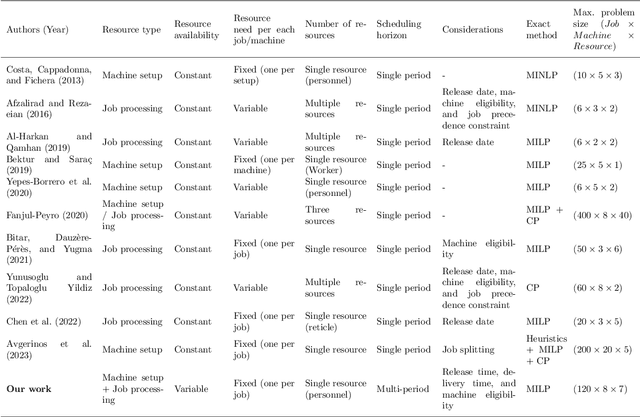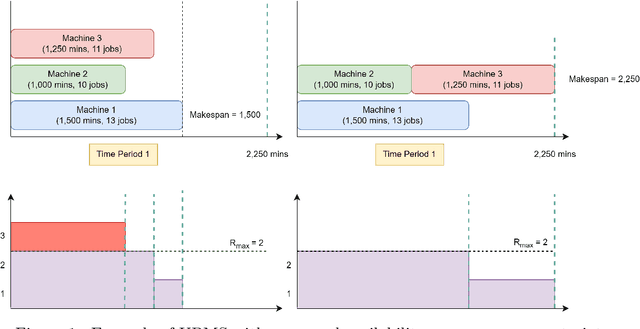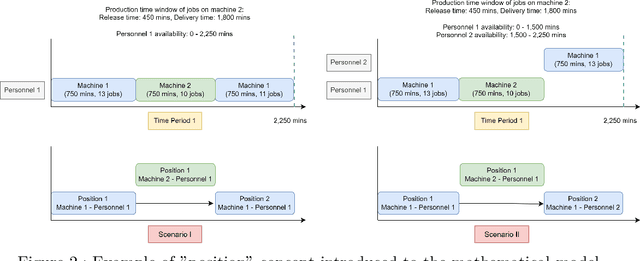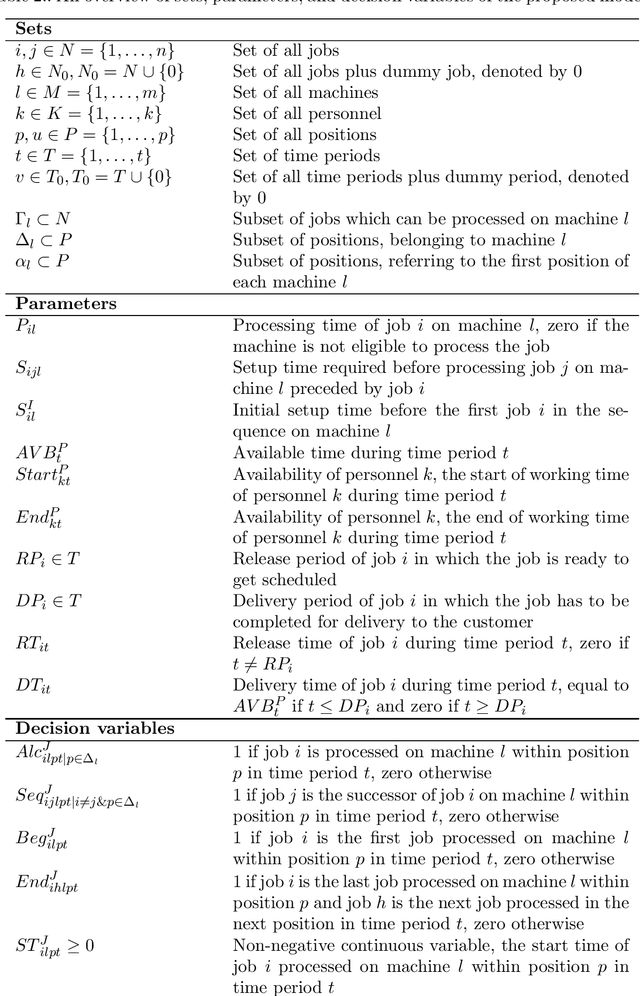Mostafa Abbasi
Feature-Weighted MMD-CORAL for Domain Adaptation in Power Transformer Fault Diagnosis
May 20, 2025Abstract:Ensuring the reliable operation of power transformers is critical to grid stability. Dissolved Gas Analysis (DGA) is widely used for fault diagnosis, but traditional methods rely on heuristic rules, which may lead to inconsistent results. Machine learning (ML)-based approaches have improved diagnostic accuracy; however, power transformers operate under varying conditions, and differences in transformer type, environmental factors, and operational settings create distribution shifts in diagnostic data. Consequently, direct model transfer between transformers often fails, making techniques for domain adaptation a necessity. To tackle this issue, this work proposes a feature-weighted domain adaptation technique that combines Maximum Mean Discrepancy (MMD) and Correlation Alignment (CORAL) with feature-specific weighting (MCW). Kolmogorov-Smirnov (K-S) statistics are used to assign adaptable weights, prioritizing features with larger distributional discrepancies and thereby improving source and target domain alignment. Experimental evaluations on datasets for power transformers demonstrate the effectiveness of the proposed method, which achieves a 7.9% improvement over Fine-Tuning and a 2.2% improvement over MMD-CORAL (MC). Furthermore, it outperforms both techniques across various training sample sizes, confirming its robustness for domain adaptation.
Multi-Channel Swin Transformer Framework for Bearing Remaining Useful Life Prediction
May 20, 2025Abstract:Precise estimation of the Remaining Useful Life (RUL) of rolling bearings is an important consideration to avoid unexpected failures, reduce downtime, and promote safety and efficiency in industrial systems. Complications in degradation trends, noise presence, and the necessity to detect faults in advance make estimation of RUL a challenging task. This paper introduces a novel framework that combines wavelet-based denoising method, Wavelet Packet Decomposition (WPD), and a customized multi-channel Swin Transformer model (MCSFormer) to address these problems. With attention mechanisms incorporated for feature fusion, the model is designed to learn global and local degradation patterns utilizing hierarchical representations for enhancing predictive performance. Additionally, a customized loss function is developed as a key distinction of this work to differentiate between early and late predictions, prioritizing accurate early detection and minimizing the high operation risks of late predictions. The proposed model was evaluated with the PRONOSTIA dataset using three experiments. Intra-condition experiments demonstrated that MCSFormer outperformed state-of-the-art models, including the Adaptive Transformer, MDAN, and CNN-SRU, achieving 41%, 64%, and 69% lower MAE on average across different operating conditions, respectively. In terms of cross-condition testing, it achieved superior generalization under varying operating conditions compared to the adapted ViT and Swin Transformer. Lastly, the custom loss function effectively reduced late predictions, as evidenced in a 6.3% improvement in the scoring metric while maintaining competitive overall performance. The model's robust noise resistance, generalization capability, and focus on safety make MCSFormer a trustworthy and effective predictive maintenance tool in industrial applications.
FORLAPS: An Innovative Data-Driven Reinforcement Learning Approach for Prescriptive Process Monitoring
Jan 17, 2025Abstract:We present a novel 5-step framework called Fine-Tuned Offline Reinforcement Learning Augmented Process Sequence Optimization (FORLAPS), which aims to identify optimal execution paths in business processes using reinforcement learning. We implemented this approach on real-life event logs from our case study an energy regulator in Canada and other real-life event logs, demonstrating the feasibility of the proposed method. Additionally, to compare FORLAPS with the existing models (Permutation Feature Importance and multi-task LSTM-Based model), we experimented to evaluate its effectiveness in terms of resource savings and process time span reduction. The experimental results on real-life event log validate that FORLAPS achieves 31% savings in resource time spent and a 23% reduction in process time span. Using this innovative data augmentation technique, we propose a fine-tuned reinforcement learning approach that aims to automatically fine-tune the model by selectively increasing the average estimated Q-value in the sampled batches. The results show that we obtained a 44% performance improvement compared to the pre-trained model. This study introduces an innovative evaluation model, benchmarking its performance against earlier works using nine publicly available datasets. Robustness is ensured through experiments utilizing the Damerau-Levenshtein distance as the primary metric. In addition, we discussed the suitability of datasets, taking into account their inherent properties, to evaluate the performance of different models. The proposed model, FORLAPS, demonstrated exceptional performance, outperforming existing state-of-the-art approaches in suggesting the most optimal policies or predicting the best next activities within a process trace.
Condition Monitoring with Incomplete Data: An Integrated Variational Autoencoder and Distance Metric Framework
Apr 08, 2024Abstract:Condition monitoring of industrial systems is crucial for ensuring safety and maintenance planning, yet notable challenges arise in real-world settings due to the limited or non-existent availability of fault samples. This paper introduces an innovative solution to this problem by proposing a new method for fault detection and condition monitoring for unseen data. Adopting an approach inspired by zero-shot learning, our method can identify faults and assign a relative health index to various operational conditions. Typically, we have plenty of data on normal operations, some data on compromised conditions, and very few (if any) samples of severe faults. We use a variational autoencoder to capture the probabilistic distribution of previously seen and new unseen conditions. The health status is determined by comparing each sample's deviation from a normal operation reference distribution in the latent space. Faults are detected by establishing a threshold for the health indexes, allowing the model to identify severe, unseen faults with high accuracy, even amidst noise. We validate our approach using the run-to-failure IMS-bearing dataset and compare it with other methods. The health indexes generated by our model closely match the established descriptive model of bearing wear, attesting to the robustness and reliability of our method. These findings highlight the potential of our methodology in augmenting fault detection capabilities within industrial domains, thereby contributing to heightened safety protocols and optimized maintenance practices.
A mathematical model for simultaneous personnel shift planning and unrelated parallel machine scheduling
Feb 24, 2024



Abstract:This paper addresses a production scheduling problem derived from an industrial use case, focusing on unrelated parallel machine scheduling with the personnel availability constraint. The proposed model optimizes the production plan over a multi-period scheduling horizon, accommodating variations in personnel shift hours within each time period. It assumes shared personnel among machines, with one personnel required per machine for setup and supervision during job processing. Available personnel are fewer than the machines, thus limiting the number of machines that can operate in parallel. The model aims to minimize the total production time considering machine-dependent processing times and sequence-dependent setup times. The model handles practical scenarios like machine eligibility constraints and production time windows. A Mixed Integer Linear Programming (MILP) model is introduced to formulate the problem, taking into account both continuous and district variables. A two-step solution approach enhances computational speed, first maximizing accepted jobs and then minimizing production time. Validation with synthetic problem instances and a real industrial case study of a food processing plant demonstrates the performance of the model and its usefulness in personnel shift planning. The findings offer valuable insights for practical managerial decision-making in the context of production scheduling.
 Add to Chrome
Add to Chrome Add to Firefox
Add to Firefox Add to Edge
Add to Edge